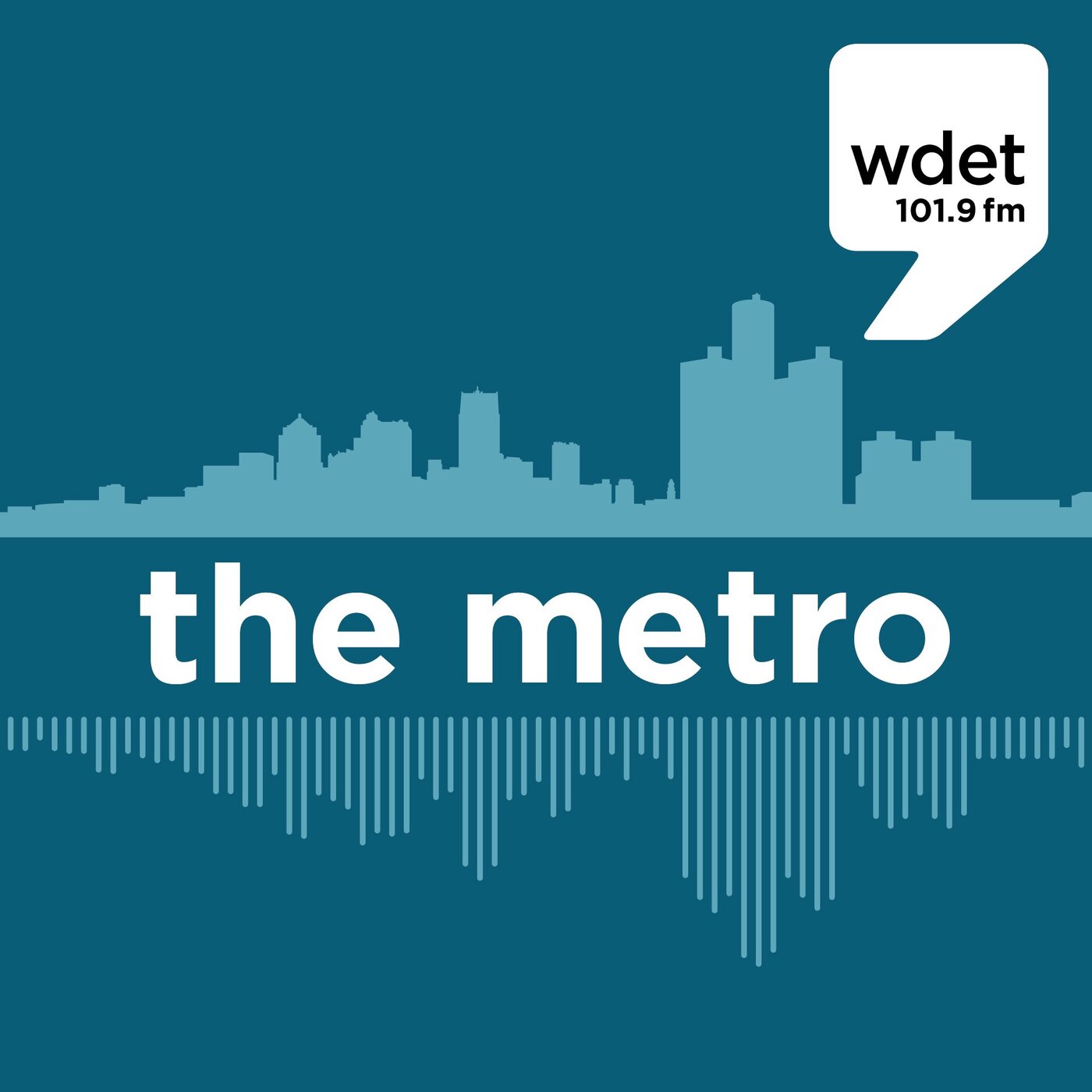About this episode
Published May 14th, 2025, 08:45 pm
The muted complexes and concrete towers that paint the image of America’s public housing tell a deeper story. It’s a story of segregation, of communities trying to survive along the margins, and of money and power shaping neighborhoods.
In Detroit — as in many places — it’s a layered story, one that involves neighborhoods like Black Bottom and Paradise Valley — majority Black middle-class communities that were razed in the late 1950s in the name of "urban renewal." Many of the residents who were displaced were promised better housing in public projects, but those promises rarely came to fruition.
But even in the most challenging times, many public housing residents have made the best of it, raising children, organizing neighbors, and demanding more. Now, a new museum in Chicago is illuminating those histories — not to romanticize them, but to confront them.
The National Public Housing Museum honors the people who made homes in a system stacked against them. It also asks: What should public housing in America look like today, and how can it be a place where people and families can thrive?
Lisa Yun Lee, executive director and chief curator at the museum, joined The Metro to help us answer these questions.
Listen to The Metro weekdays from 10 a.m. to noon ET on 101.9 FM and streaming on-demand.
Social media links
Subscribe
